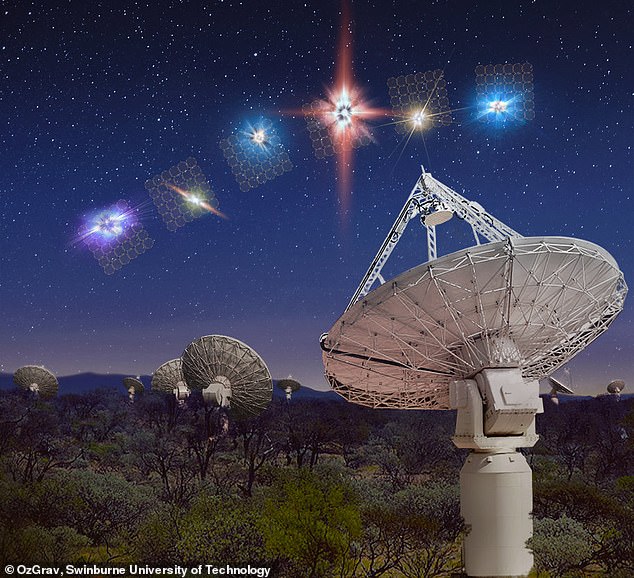A NASA scientist says intelligent aliens may have already visited Earth – but claims humans would not have noticed due to their ‘extremely tiny’ size.
Silvano P. Colombano says the extra-terrestrials would have looked hugely different to the carbon-based organisms currently roaming our planet.
He says that ‘super intelligent’ aliens would posses technology that humans cannot even imagine, and may have capable of interstellar space-travel.
It comes as NASA scans the universe for civilisations as prat of its ‘Search for extraterrestrial intelligence’ (SETI) programme.

Silvano P. Colombano, who works in NASA’s Intelligent Systems Division, believes we could have missed alien life,as it could be very different from the traditional carbon based life humanity is used to. Pictured, a classic ‘flying saucer.
Dr Colombano told Califoria’s SETI-backed Decoding Alien Intelligence Workshop back in March that scientists need to broaden their idea of what an extra-terrestrial would like like.
‘I simply want to point out the fact that the intelligence we might find and that might choose to find us (if it hasn’t already) might not be at all be produced by carbon based organisms like us,’ his report read.
He added that scientists must ‘re-visit even our most cherished assumptions’, which has implications for everything from an alien’s lifespan to its height.
‘The size of the ‘explorer’ might be that of an extremely tiny super-intelligent entity,’ he says.
He believes scientists are too focused on pursuing signs of modern human technology on other planets.
This could mean missing signals of a civilisation inhabiting a planet far older than Earth, Dr Colombano argues.
Our inability to comprehend how such a planet would look might even mean that we miss any signs of its existence.

A pair of Australian radio telescopes pointed at the same spot in the sky have revealed new clues on the nature of mysterious signals known as fast radio bursts. The ASKAP managed to detect several fast radio bursts during its observation (artist’s impression). However, one expert warned that radio waves could be out of date.
He said: ‘Considering further that technological development in our civilisation started only about 10K years ago and has seen the rise of scientific methodologies only in the past 500 years, we can surmise that we might have a real problem in predicting technological evolution even for the next thousand years, let alone 6 Million times that amount!’
He also warned that fast radio bursts currently being analysed could be out of date and called for ‘speculative physics’ grounded in solid theories but ‘with some willingness to stretch possibilities as to the nature of space-time and energy’ and to ‘consider the UFO phenomenon worthy of study’.
The space expert also claimed not every UFO sighting can be ‘explained or denied’.








